Description of the variety of Belarusian cabbage, features of cultivation and care
Cabbage is one of the main garden crops: it is used for making salads, hot dishes and pickling. Among the variety of cultivated plant species, Belarusian cabbage deserves special attention. What are its advantages?
Description
A late-ripening variety that stands out from its category with high yields and resistance to diseases such as keel and bacteriosis. From the emergence of sprouts to the beginning of maturation of heads of cabbage, 120-130 days pass. A head of cabbage forms better at a moderate temperature and sufficient air humidity. The high temperature is bad for the culture during fork creation.

Specifications:
- The diameter of the raised leafy rosette is 70–90 cm.
- The leaf blades are rounded, flat.
- There are practically no veins on the smooth surface of the leaves.
- The head of cabbage is colored gray-green.
- The head of cabbage is round, dense.
- The cover leaves of the vegetable are colored muted green, and the core is white.
- The length of the stump on which the head of cabbage is held is about 10 cm.
- A ripe head weighs 3-4 kg.
The description of the culture contains information that with proper care and good weather conditions, the fruit can grow up to 5 kg. Regardless of their weight, all heads of cabbage are resistant to cracking. From 1 sq. m. beds collect 8 kg of cabbage. Like most varieties, this variety tolerates low temperatures well.
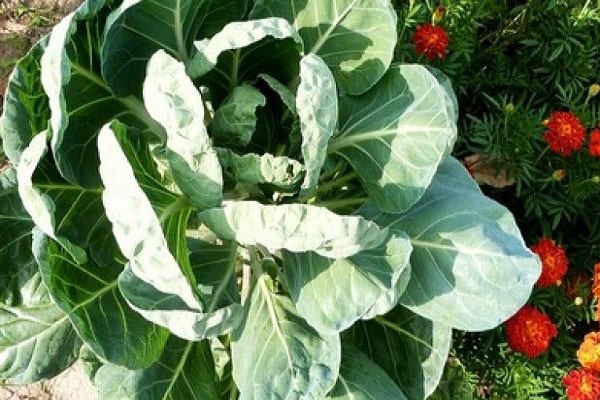
Plants will be able to safely tolerate a short-term drop in temperature to -4 C. The sprouts make their way to the surface already at a temperature of +5 C.
Heads of cabbage are suitable for fresh consumption and preparation of ferments. The vegetable is stored until mid-winter.
Features of growing and care
Belarusian cabbage 455, however, like all varieties of vegetable crops, is demanding on moisture and feeding. Depending on the climatic conditions of the growing region, seeds are sown for seedlings in late March - early May.

Those gardeners who use the seedling method for growing crops assure that plant cabbage better in a substrate, which includes 75% peat, 20% sod land, 5% river sand. Seeds are sown in grooves 1 cm deep. In the seedling container, the distance between the rows is 3 cm, in the garden bed - 10 cm. Excess shoots are transplanted or pulled out.
For preventive purposes, a few days before planting seeds, the soil is treated with antifungal drugs. Such manipulation will reduce the likelihood of fungal infection of young plants, which often leads to their sudden death. The seedling box is left at room temperature, and as soon as the seedlings have broken through, the temperature is lowered by 6-7 degrees. Due to this temperature regime, the seedlings are not stretched.
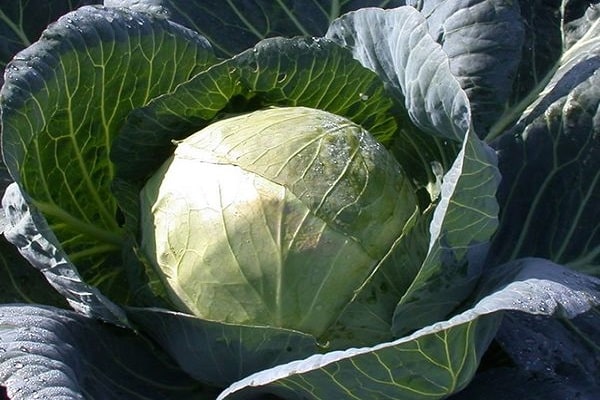
In the future, the bushes are transplanted into separate containers, and as soon as 6 leaves form the plants, they are planted in open ground. In the description of Belarusian cabbage, the optimal age for planting seedlings is 50–55 days. As a result of the double pick, a powerful root system is formed, and the plants quickly take root in the open field. Seedlings are watered with water at room temperature, and the room itself is ventilated from time to time.
A few days before disembarkation, the container with seedlings is taken out in partial shade into fresh air, the temperature of which is above + 8C. The residence time in the air is gradually increased starting from half an hour.

In case of a strong drop in temperature, cover with polyethylene overnight. In the afternoon, when the temperature is above zero, the shelter is removed. Belarusian cabbage needs regular watering: the soil in the garden should be wet, but in no case swampy. Watering is stopped 14 days before the expected date of harvest.
It is better to feed a vegetable crop with organic fertilizers: infusion of chicken manure or mullein, compost. Good for the plant and weekly dusting with ash. In the face of all these manipulations, growing an ecologically pure vegetable on your site is not as difficult as it seems at first glance.
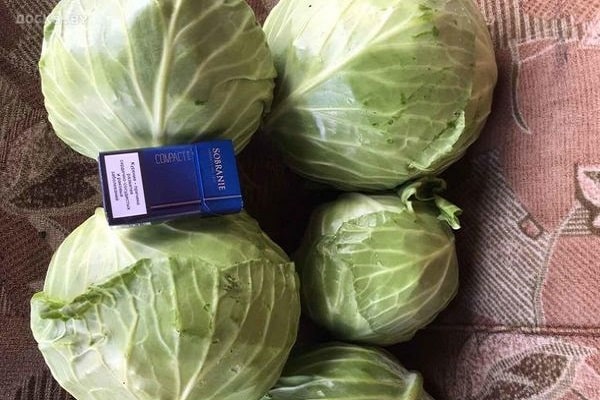
Prevention of diseases and pests
According to the description of the cabbage variety, the Belarusian vegetable crop is prone to keel. To prevent the development of the disease, crop rotation must be observed. No compost can be added to stumps: organic waste that remains from cabbage is burned. Plants with signs of vascular bacteriosis are destroyed.
The heads of cabbage of diseased plants are not suitable for long storage.
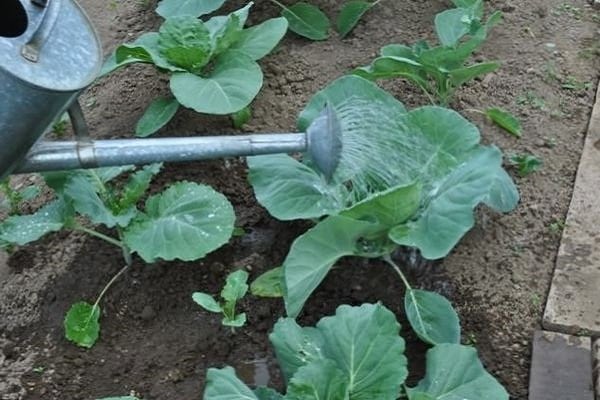
Harvesting
The cabbage, which was planted in early spring, ripens in late September - early October. Heads of cabbage are cut in clear weather in the afternoon. The heads, which are intended for storage for the winter, are cut off along with a long stump. In the future, the vegetable is suspended by the process. In cabbage for pickling, the stump is cut off completely.
The statements on the forums are ambiguous: some gardeners are not overjoyed with high yields and excellent taste, and the other part notes poor resistance to diseases and pests, which is why plants often need to be treated with natural mixtures and pesticides.
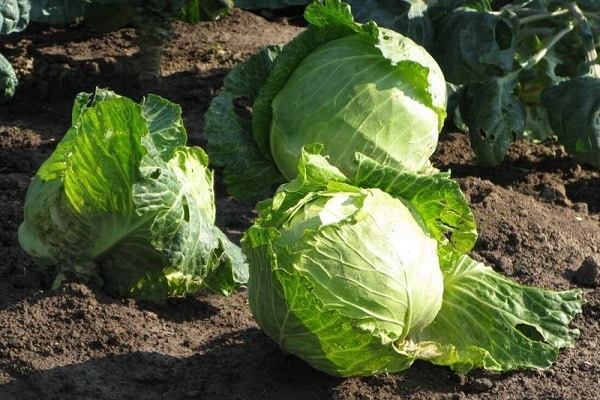
Have any of you planted this variety of cabbage? Leave reviews so that those who still doubt can appreciate the merits of the variety and possibly include it before the list of annual crops in the garden. For greater clarity, attach a photo.
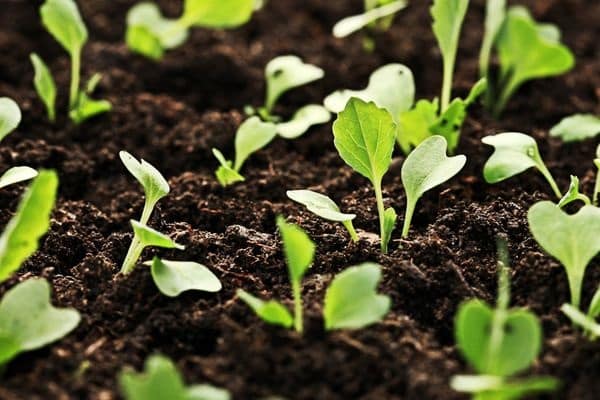
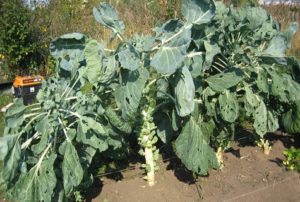
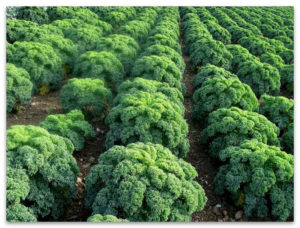

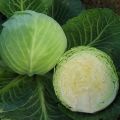

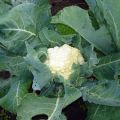
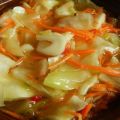

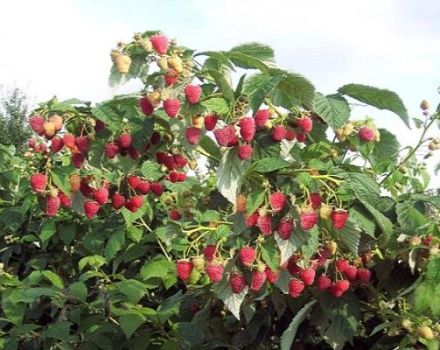

I like this variety of cabbage, it grows medium in size, the leaves are juicy and crispy. There are no problems with cultivation, you should not use special fertilizers, I only use BioGrow.